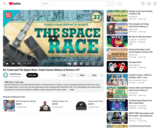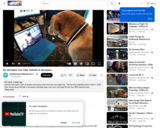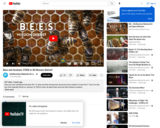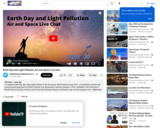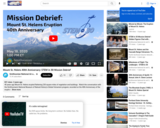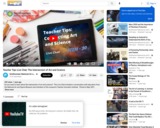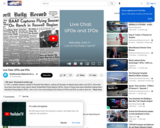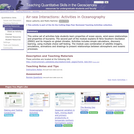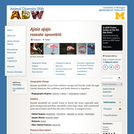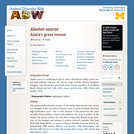
This resource is a video abstract of a research paper created by Research Square on behalf of its authors. It provides a synopsis that's easy to understand, and can be used to introduce the topics it covers to students, researchers, and the general public. The video's transcript is also provided in full, with a portion provided below for preview:
"Metastasis is the leading cause of breast cancer-related death, but traditional Chinese medicines such as Aiduqing (ADQ) can help prevent it. ADQ is known to target caveolin-1, CXCL1-mediated autophagy, and matrix metalloproteinase-related epithelial-mesenchymal transition, but it remains unclear whether it also modulates tumor-associated macrophage (TAM)/CXCL1 activity to remodel the tumor microenvironment. To find out, researchers recently examined the effects of ADQ in mice and cultured cells. In mice, ADQ significantly reduced xenograft tumor growth and lung metastasis without causing toxicity. ADQ also remodeled the immunosuppressive tumor microenvironment. Mechanistic studies revealed that ADQ reduced CXCL1 expression and secretion from TAMs to suppress CD4+ T cell chemotaxis and Treg differentiation, thus increasing CD8+ T cell cytotoxicity..."
The rest of the transcript, along with a link to the research itself, is available on the resource itself.
- Subject:
- Biology
- Life Science
- Material Type:
- Diagram/Illustration
- Reading
- Provider:
- Research Square
- Provider Set:
- Video Bytes
- Date Added:
- 10/13/2021
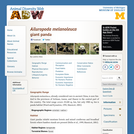
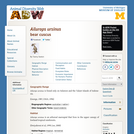
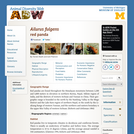
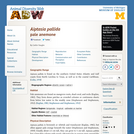
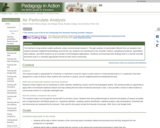
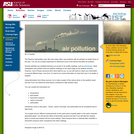
![Air Pollution [Liberal Arts: Math and Science/Natural Science]](https://img.oercommons.org/160x134/oercommons/media/upload/materials/screenshots/materials-course-280650.png)
